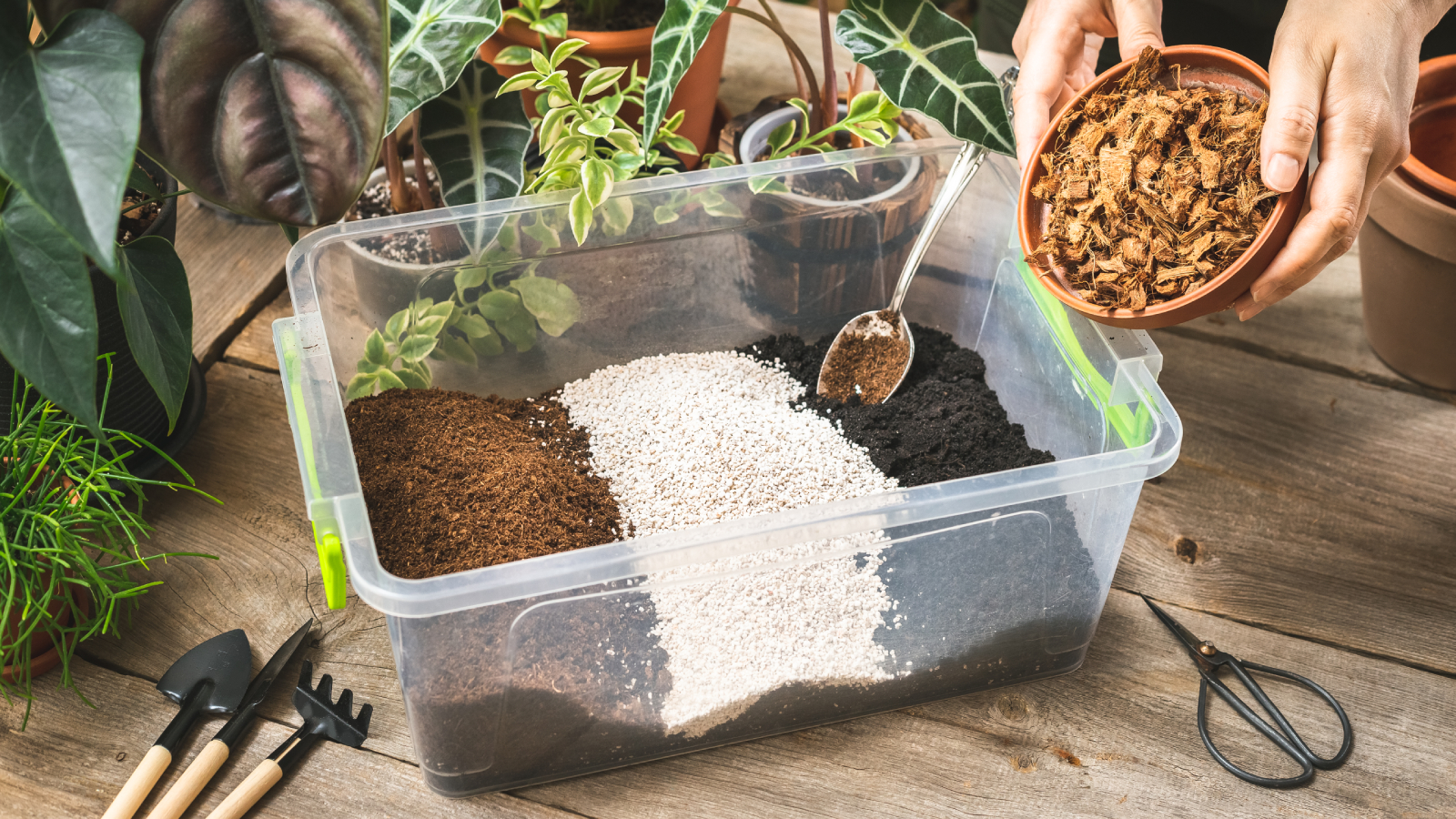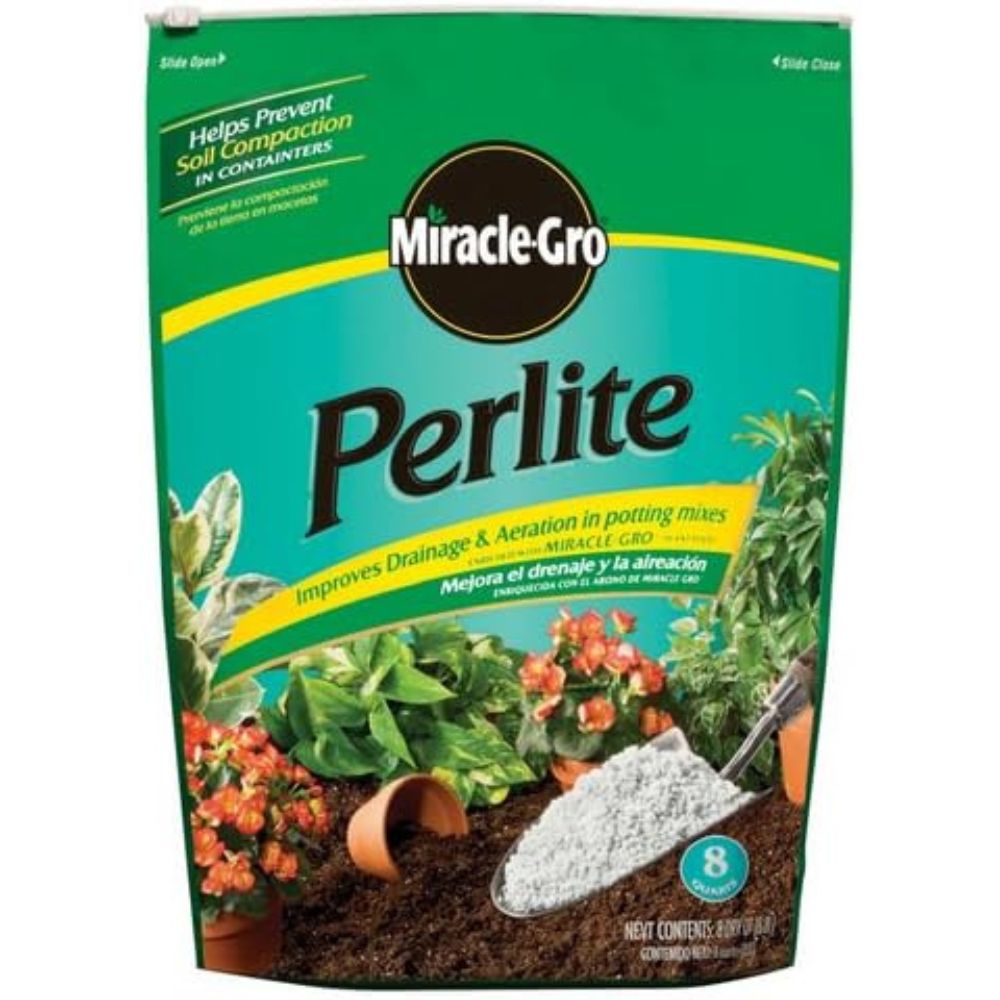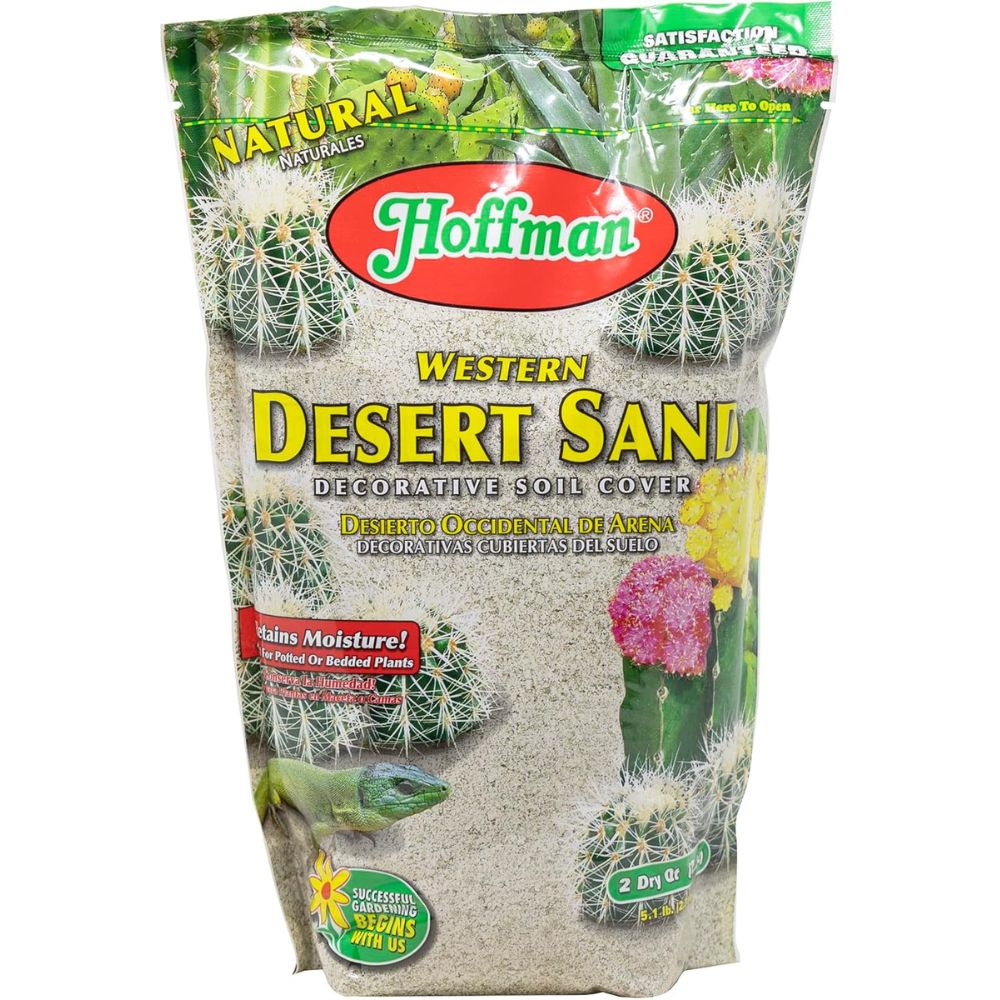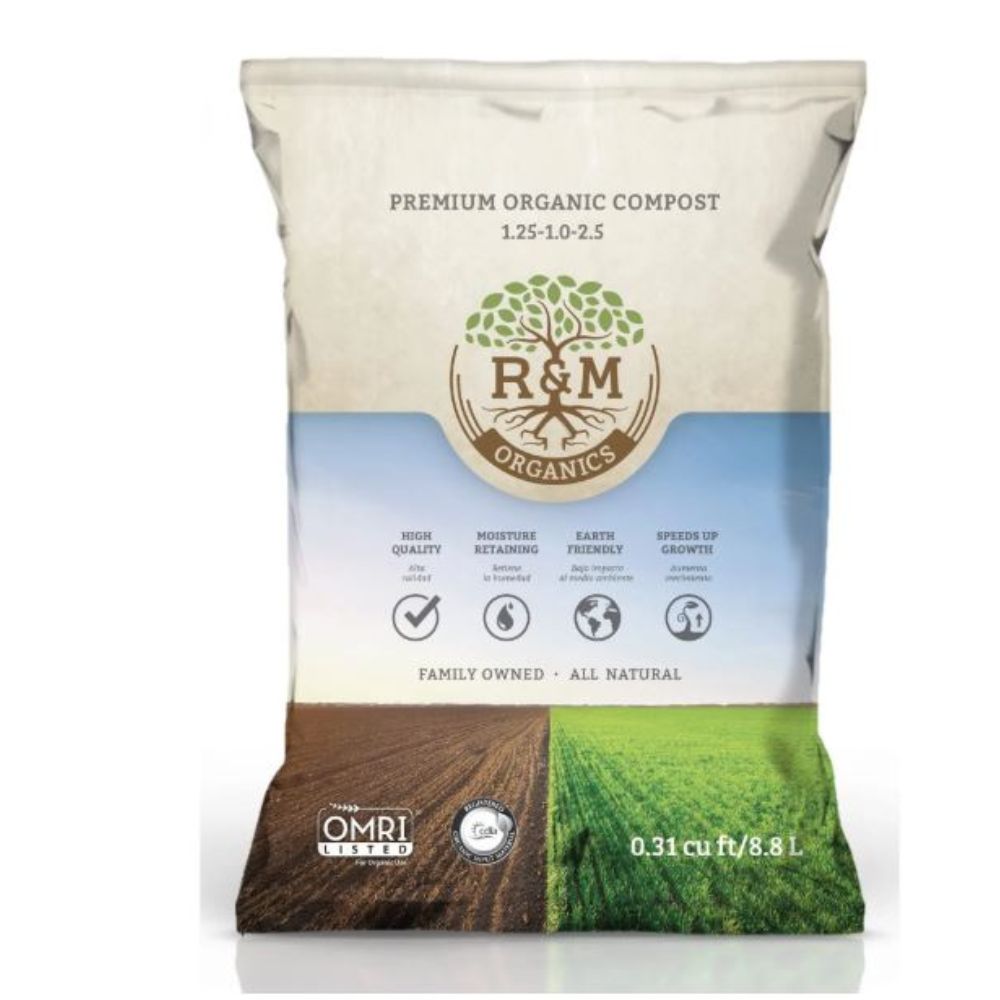Soilless Potting Mix: What Is It And How To Make Your Own
Many different types of plants thrive in a soilless potting mix. You can find a variety of soilless medium mixes at your garden center, or go ahead and try mixing some up yourself.

Soilless potting mix refers to a growing medium composed entirely of organic materials. It most often includes substances like peat moss, coconut coir, perlite, and vermiculite. Soilless mediums generally do not contain clay, silt, or other inorganic compounds. However, coarse sand may also be added to some mixes.
Soilless growing media can be purchased at most reputable garden centers, but many gardeners prefer to create their own. Below, we will explore some key components of a quality soilless potting mix recipe in greater detail.
Common Ingredients in Soilless Potting Mix
There are 8 common ingredients used in most soilless potting mixes. Let's take a look at what they are, plus the pros and cons of each one.
1. Sphagnum Peat Moss
Many soilless medium products contain sphagnum peat moss, like this Canadian sphagnum peat moss [Amazon]. This organic material is a good choice due to its unique ability to retain moisture and improve aeration within the mix. Because of its low pH, certain plants may also benefit from its added acidity. Despite its positive attributes, gardeners should use caution to avoid its overuse. Excess peat within any mix may cause problems with drainage or lead to the creation of growing mediums that are much too acidic.
Note: The Problem With Peat
In recent years, growers have begun to shift away from the use of peat and sphagnum moss in the garden. Though the two names are often used interchangeably, there is technically some distinction. Peat has been harvested from bogs, having taken thousands of years to break down into organic matter. The removal of peat and sphagnum mosses poses a severe threat to the environment. This process releases immense amounts of carbon dioxide, a greenhouse gas, into the atmosphere. As a result, this non-renewable resource has now been banned in several countries.
2. Coco Coir
Coco coir is often seen as a more environmentally-sound alternative to peat moss. A natural byproduct in the production of coconut fiber, coir is best known for its impressive ability to retain moisture. In addition to its favorable pH level, the substance has shown to demonstrate a natural resistance to many fungal and bacterial pathogens that may affect potted plants. Due to the process by which coir is obtained, salt content may be an issue. However, you can avoid problems related to soil salinity by rinsing the coir thoroughly before use.
3. Perlite
Perlite serves a variety of uses within soilless potting mediums. Primarily, it is used to aerate the mix and help water drain more freely. Perlite is best used in lightweight mixes, where the addition of sand may be too heavy. Growers should always use caution when handling perlite, as inhaling dust or particulates can be harmful.
Sign up for the Gardening Know How newsletter today and receive a free copy of our e-book "How to Grow Delicious Tomatoes".
4. Vermiculite
Vermiculite is a popular alternative to perlite. This processed mineral additive can help to retain both moisture and fertilizer within a potting mix. Vermiculite also helps to aerate and improve air circulation within planting mediums. Though several types of vermiculite are available to the public, for using it within potting mixes, only choose those that are clearly labeled as “horticultural grade.”
5. Coarse Sand
Also known as builder’s sand, coarse sand is frequently used in potting mixes to improve drainage and help to improve the overall density of the growing medium. Since growing mediums with a high sand content can be quite heavy, they are generally not recommended for containers that need to be moved frequently. However, they are ideal for use with potted plants that grow to be exceptionally top-heavy or large.
6. Limestone
In most instances, limestone (either calcitic or dolomitic) is used to alter the pH of the potting mixture. By raising the pH, growing mediums become more alkaline. Generally, ground limestone needs only be added in small amounts to achieve the desired results.
7. Compost
Finished compost is a key aspect of most soilless potting mixes because it serves as a steady source of nutrients for plants. Though several brands of high-quality compost can be found at garden centers, experienced gardeners often choose to use their own. Before adding compost to a potting mix, always make certain it has matured, since unfinished compost can burn or damage even the healthiest plants.
8. Fertilizer
Though compost plays an important role in feeding plants, many plants require supplemental nutrients from fertilizers. For the best results, we suggest using slow-release, organic feeds. Routine application of fertilizer may also be needed throughout the growing season, as plants continue to increase in size.
What you'll need:
How to Make Soilless Potting Mix
Whether you have a prickly cactus or a persnickety orchid, you may want to custom mix your own soilless medium. Here are the basics.
Soilless Potting Mix Recipe
Several factors play a role in the development of a soilless potting mix recipe. Most notable among these are the specific needs of individual plants. Potting recipes involve simply mixing equal parts moss or coir with perlite or vermiculite. From there, continue to add amendments, as needed for your own specific use.
Frequently Asked Questions
What Are the Advantages of Soilless Potting Mix?
Soilless potting mixes are excellent for growing strong, healthy plants. When growing in sterile mediums, plants seldom struggle with common pests and diseases that may otherwise be present in garden soil. Under ideal conditions, soilless mediums encourage the quick development of a hardy and robust root system. This makes soilless mixes ideal for growers who are starting their gardens under less-than-ideal soil conditions.
What Are the Disadvantages of Soilless Potting Mix?
Though soilless mixes offer several advantages, there are some drawbacks. Producing large amounts of growing medium can be expensive, especially when you need to fill large containers or raised beds. Over time, these mixes may settle or begin to compact. This can make watering each plant difficult. Potting mixes may also need supplemental irrigation and the routine application of fertilizer on a much more frequent basis.

Nikki Tilley has been gardening for nearly three decades. The former Senior Editor and Archivist of Gardening Know How, Nikki has also authored six gardening books.




